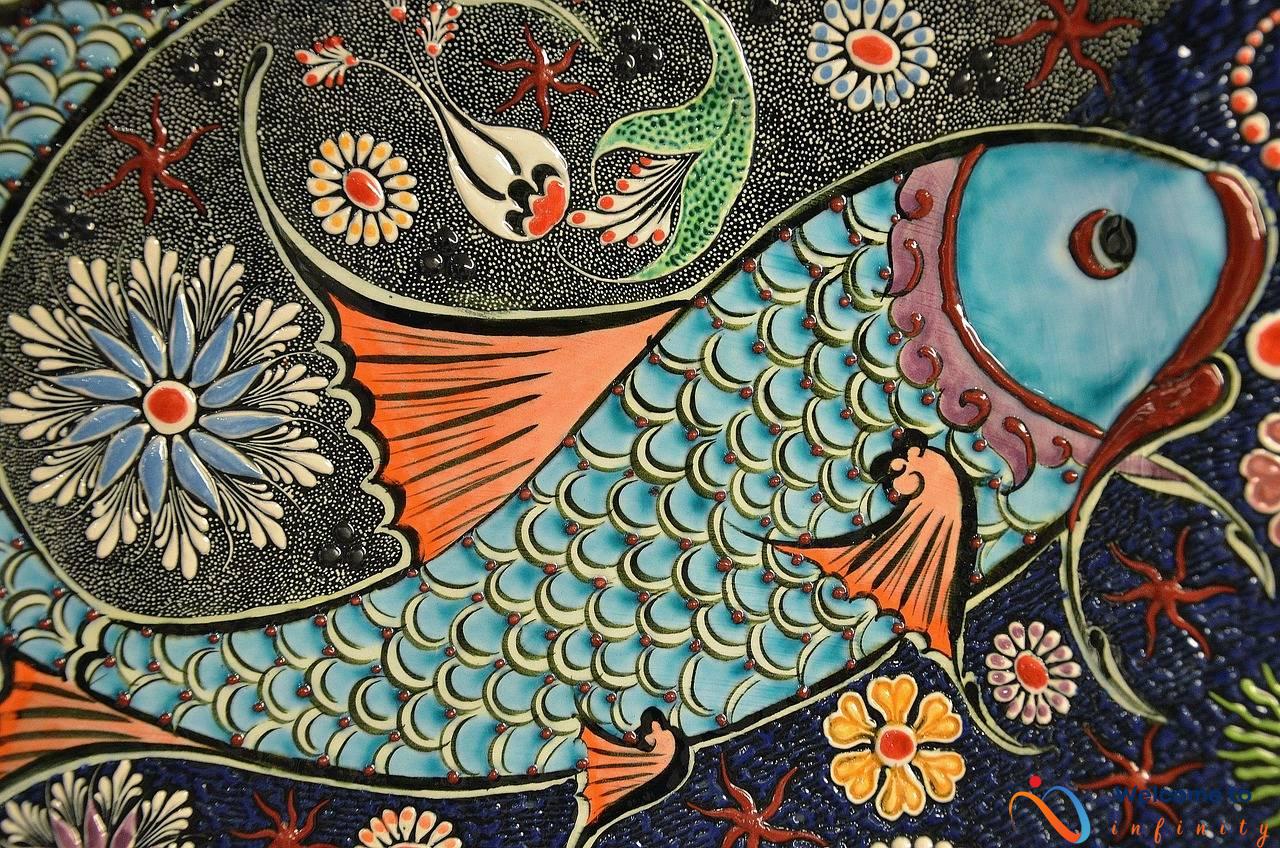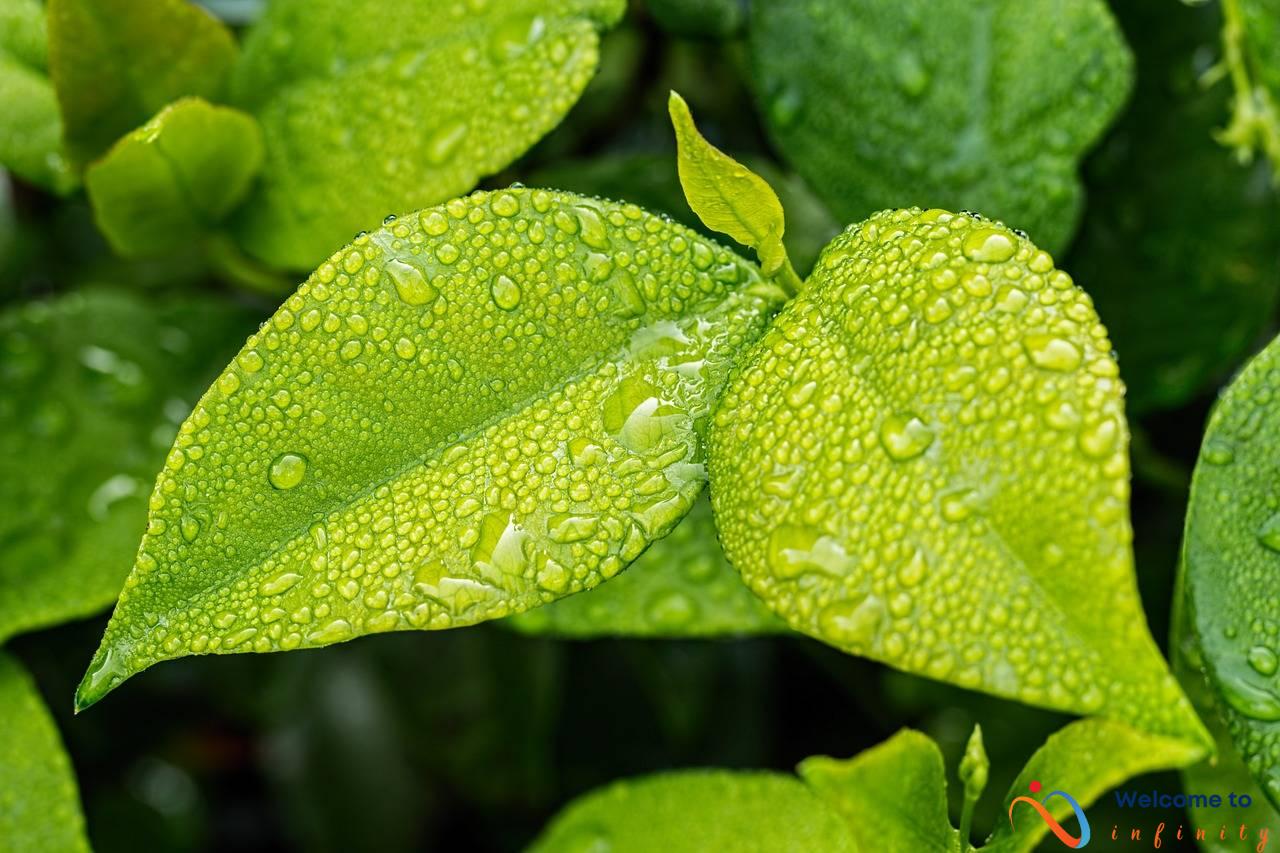Talc is a mineral that is often used in skincare products, including makeup, powders, and soaps. It is popular due to its absorbent properties and ability to improve the feel of products. However, talc has been linked to serious health concerns that consumers need to be aware of. studies have shown that talc particles can travel through the body, leading to inflammation and potentially causing cancer. This is particularly concerning for products used in the genital area, such as talcum powder, which has been linked to ovarian cancer.
In addition to cancer risks, talc can also cause respiratory issues when inhaled. Workers in industries that use talc, such as mining or manufacturing, are particularly at risk. Talc can cause serious respiratory conditions, such as lung cancer and pulmonary fibrosis, in those who are exposed to it on a regular basis.
Consumers need to be aware of the risks associated with talc and take steps to avoid products that contain it. They can check product labels for talc or look for products that are labeled talc-free. It is also important to research the specific safety of products and brands before purchasing them. By avoiding products that contain talc, consumers can reduce their risk of serious health issues and ensure that they are using safe and healthy skincare products.
What is Talc?
Talc is a mineral that has been used for decades in various cosmetic and personal care products. It is a naturally occurring mineral composed mostly of magnesium, silicon, and oxygen. Talc is often used in products such as baby powder, body powder, and other personal care products because of its ability to absorb moisture and prevent chafing. It is also used as a bulking agent to increase the volume and thickness of certain products, and to improve the feel of products on the skin.
Talc is considered safe when used in small amounts, but it is important to note that talc and asbestos often occur naturally together in the mineral deposits. Asbestos is a known carcinogen and can cause cancer when it is inhaled. This is why it is important to ensure that talc used in cosmetics and personal care products is asbestos-free. The use of talc in powders, such as baby powder, has received more scrutiny in recent years because of talc's link to cancer.
While talc is generally considered safe, it's important to be aware of the potential risks when using products that contain talc. Consumers should always review the ingredient list on products and look for products that are labeled as talc-free to reduce their exposure.
The Connection to Cancer
Several studies have shown that talc, when used in certain products, can increase the risk of cancer. This is because talc particles, when inhaled or applied to the skin, can travel through the body and potentially lead to inflammation, causing damage to cells and tissues. The International Agency for Research on Cancer (IARC) has classified talc containing asbestos as a Group 1 carcinogen, meaning it is known to cause cancer.
One of the biggest concerns with talc is its use in products intended for the genital area. For years, talcum powder has been a staple in many households for everyday hygiene purposes. However, studies have found that women who used talcum powder for perineal hygiene had a 33% increased risk of ovarian cancer. The link between talc and ovarian cancer is concerning, and many lawsuits have been filed against the manufacturers of talc-based products.
It is important to note that not all talc is created equal. Some talc sources contain asbestos, a known carcinogen, while others are asbestos-free. Despite this, it is still advisable to avoid products that contain talc, especially if you are concerned about cancer risk. Instead, look for products that are labeled talc-free and use alternative ingredients that are safer and more natural.
The company has denied allegations that its products contain asbestos or that they can cause cancer, but the lawsuits continue to mount. As of 2021, over 25,000 lawsuits have been filed against the company related to talc-based products.
However, there are still many products on the market that contain talc, and consumers need to be diligent in checking product labels and researching the safety of specific products before purchasing them. In addition, workers in industries that use talc, such as mining or manufacturing, need to take extra precautions to protect themselves from respiratory issues and other health concerns related to talc exposure.
The Risks to Respiratory Health
When talc is inhaled, it can cause respiratory issues such as coughing, wheezing, and shortness of breath. This is because talc is made up of small particles that can become lodged in the lungs, leading to inflammation and respiratory problems.
Workers in industries that handle talc, such as mining and manufacturing, are at a higher risk of developing respiratory issues. The Occupational Safety and Health Administration (OSHA) has set limits for occupational exposure to talc to protect workers' health. However, consumers who use talc-containing products are also at risk of inhaling talc particles.
To reduce the risk of respiratory issues, workers should take precautions like wearing protective equipment and working in well-ventilated areas. Consumers can avoid talc-containing products and opt for talc-free alternatives or products made with alternative ingredients like cornstarch or arrowroot powder.
How to Avoid Talc in Skincare Products
talc-free to avoid this harmful ingredient. When looking at product labels, talc may also be listed as talcum powder, magnesium silicate or cosmetic talc. It is important to note that some manufacturers may use the name “talc-free” on their packaging, but the product may still contain other types of harmful minerals or ingredients.
It is also advisable to do research on the safety of specific brands and products before purchase. Many companies now offer natural and organic skincare lines that are free from harmful chemicals such as talc. These products are often labeled as such, making it easier for consumers to identify safer alternatives.
Aside from checking labels and researching brands, another option is to create DIY skincare products at home. There are various natural ingredients available that can be used as substitutes for talc, such as corn starch, rice powder, and arrowroot powder. These ingredients can be used to make homemade powders, blushes or bronzers.
Overall, it is important for consumers to be aware of the risks associated with talc in skincare products and take necessary precautions. Checking labels, researching brands, and creating DIY products are just a few ways to minimize exposure to this harmful ingredient and maintain healthy and safe skincare practices.
talc-free.
Choosing talc-free skincare products is one way to reduce your exposure to the risks associated with talc. When shopping for skincare products, look for products that are labeled “talc-free.” Luckily, many companies are starting to offer talc-free versions of their popular products.
It is important to read product labels carefully to ensure there are no hidden sources of talc. Some products may contain other minerals that are similar in composition to talc, such as kaolin or mica. These ingredients may be safe when used in small amounts, but it is still important to be aware of their presence.
Another way to find talc-free products is to do your research ahead of time. Many skincare companies have websites or customer service representatives who can answer questions about their products. Be sure to ask about talc content and any potential risks associated with their products.
If you are unsure about the safety of a particular product, you can also check the Environmental Working Group's Skin Deep database. This online database rates the safety of thousands of skincare products based on the ingredients they contain.
Finally, consider making your own skincare products. There are many natural ingredients that can be used to make effective skincare products, without the need for talc or other potentially harmful chemicals. From face masks to body scrubs, DIY skincare can be a fun and healthy way to take care of your skin.
It is also important to research the safety of specific products and brands before purchasing them.
When shopping for skincare products, it is crucial to research the safety of specific products and brands before making a purchase. Check if the product contains talc or any other harmful chemicals by reading the ingredients list thoroughly. Often, it is the cheaper or lesser-known brands that use talc or other harmful chemicals to cut expenses.
Researching reviews from other customers who have used the product can also help determine if the product is safe. Look for reviews that mention any adverse reactions or concerns about the ingredients used in the product. Additionally, there are various online resources available that provide information on the safety of skincare products.
Consumers can also look for products that are labeled as non-toxic, organic, or all-natural, as these are more likely to be free from harmful chemicals such as talc.
In conclusion, taking the time to research before purchasing skincare products is crucial for protecting your health and safety. By being aware of the potential risks of talc and other harmful ingredients, consumers can make informed decisions when choosing skincare products and avoid those that may have hazardous effects on their health.












